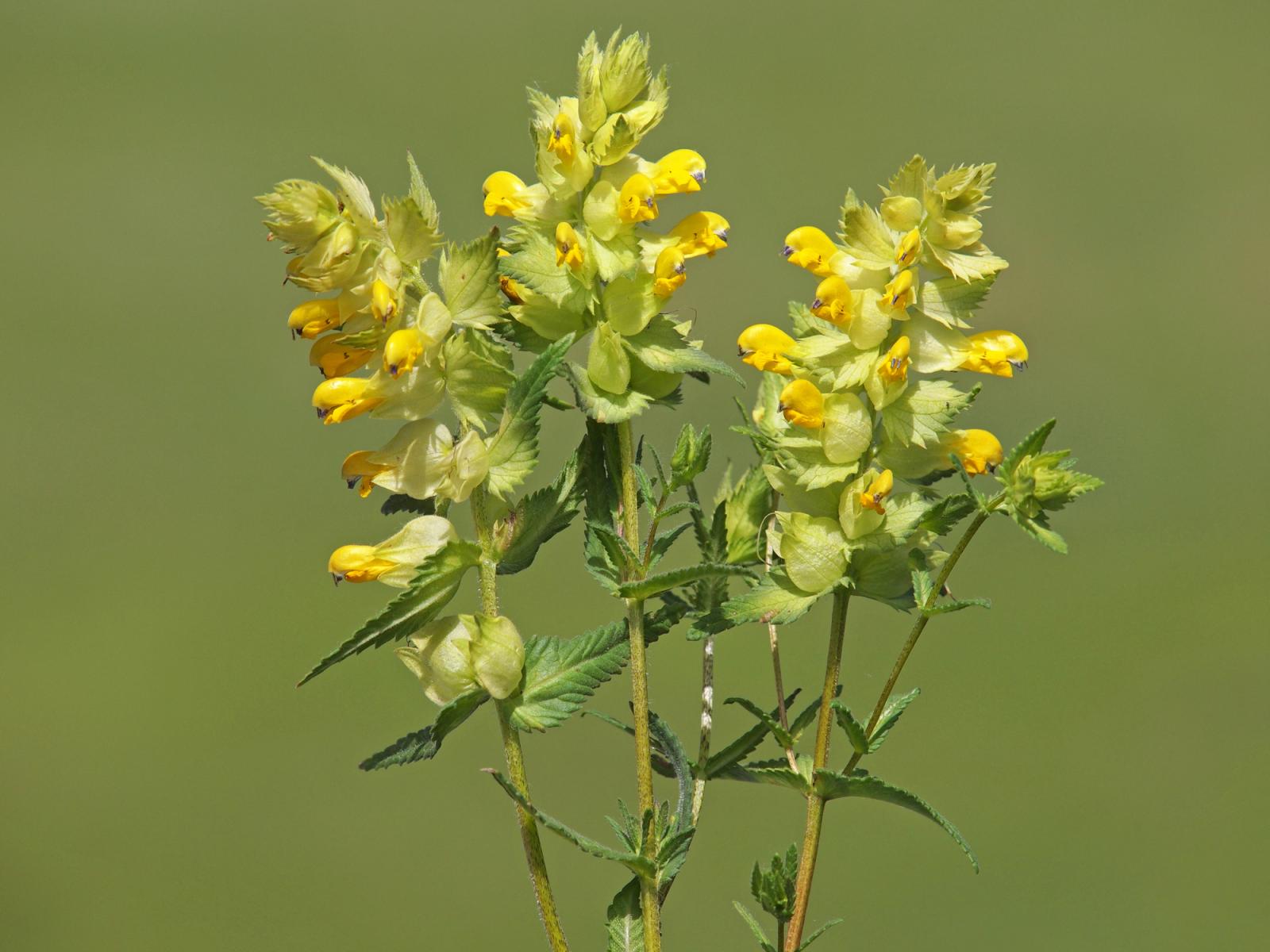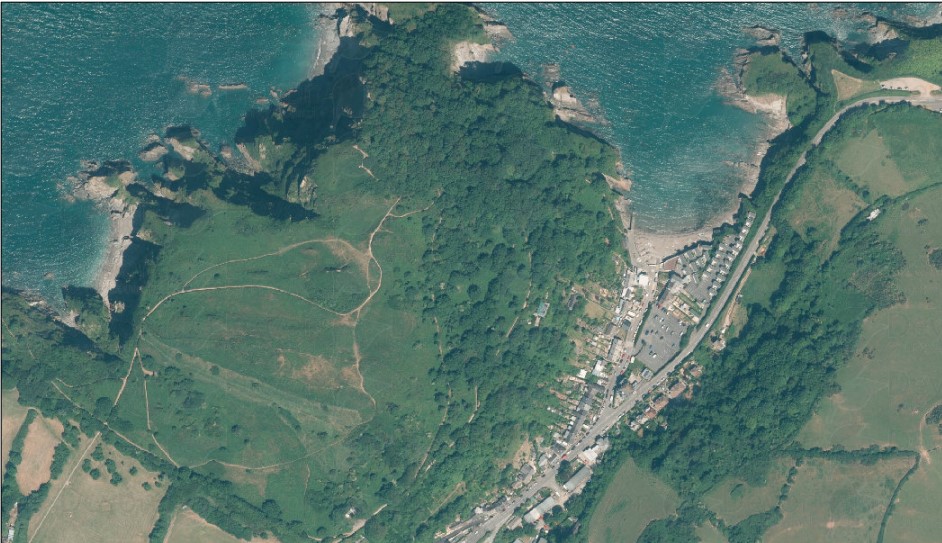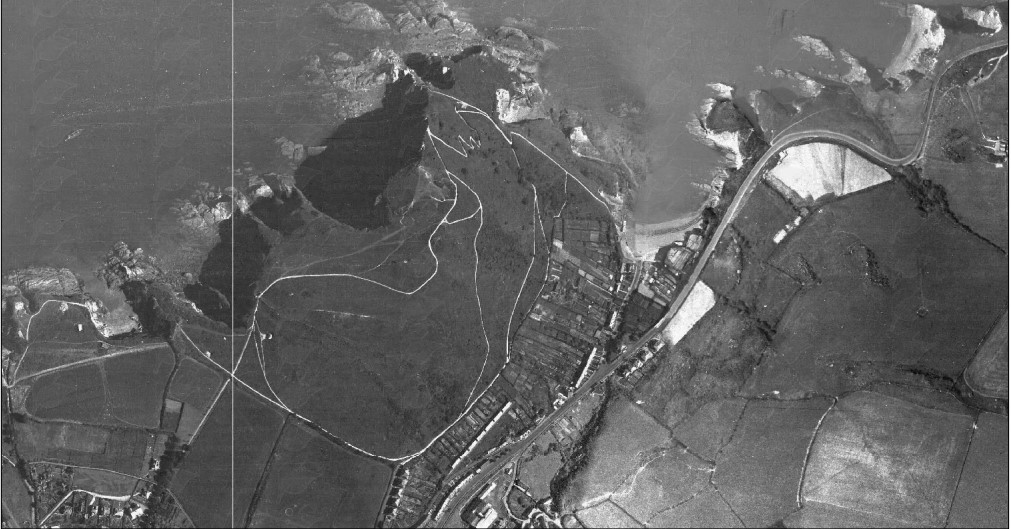
Habitats – grassland management
Hillsborough supports a patchwork of habitats and was grazed until the 1960’s. Since then scrub and bracken have come to dominate parts of the reserve.
Nearby small meadows are managed by volunteers. Areas are cut and raked off at the end of the summer and then sown with Yellow Rattle – a native annual plant that is semi parasitic on grass roots. This reduces the grasses’ vigour and creates the conditions that allows wildflowers to grow. The process takes several years but Yellow Rattle is already establishing in these areas.
Agricultural equipment is used on larger areas to remove invading bramble and bracken and return them to wildflower rich meadows supporting pollinators such as the Brown Carder Bee and the Moss Carder Bee.
Undertaken in September each year the areas are cut and the grass and scrub removed. This reduces soil fertility and will allow wildflowers to thrive.

Hillsborough’s Coastal Woodlands
The woodland on the east side of Hillsborough is known as secondary woodland, which means the woodland is not classed as “Ancient woodland”. It was probably cleared at the time the Iron Age Hillfort was in use and has grown up since the 1600’s.
In fact, Hillsborough was grazed by sheep until the mid 1960’s and the habitats until then were a mixture of heath, coastal grassland and gorse.
Look at the two aerial maps to compare the difference.
With the withdrawal of grazing, the site has slowly reverted to woodland, particularly on the east side of the hill, where is sheltered from the prevailing winds.

The woodland is predominantly comprised of sycamore, a non-native tree introduced from Europe in late Medieval times. However, it is very salt tolerant and thrives in the shelter coastal areas, establishing itself where cliff top grazing has ceased.
As you explore the woodlands, you’ll notice that it is made up of several layers with the ‘ground layer’ being the lowest. Plants and fungi growing here don’t require too much sunlight for growth, which is good as the large sycamore leaves cast a dark shade in the summer. The ‘herb layer’ is next, where plants like Bluebells, Dog Violets and Primroses grow. Most of these flowers seen in spring, before the trees grow all their leaves back and block sunlight out. Above this is the ‘shrub layer’, an important layer for birds as it provides shelter, food and nesting sites in amongst plants and trees like Hawthorn.
The final layer is the ‘canopy’, where the tall trees like Sycamore grow.

Many creatures live up here, including insects, birds, and bats.

